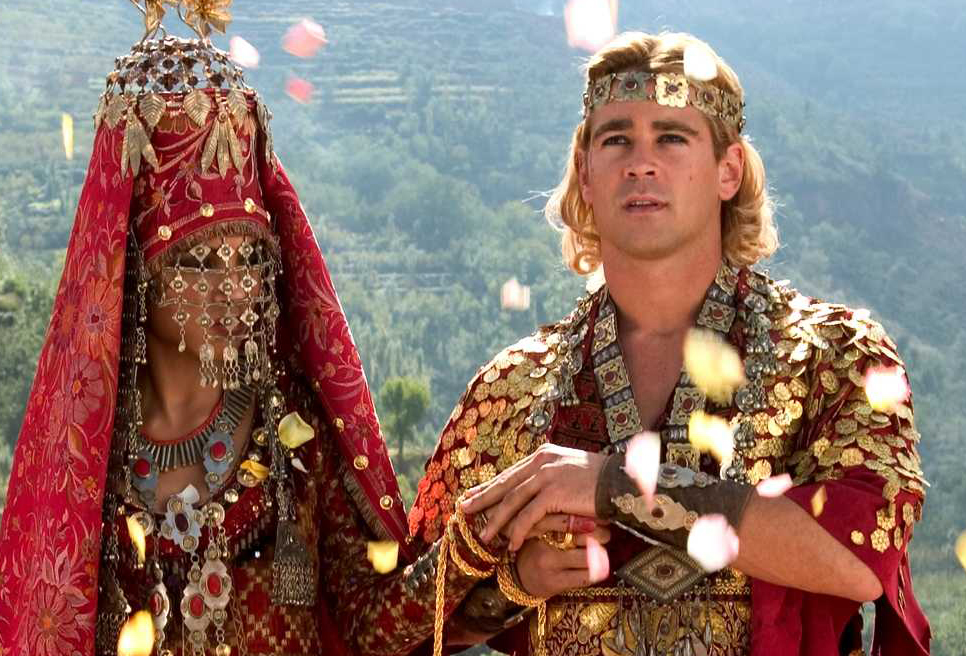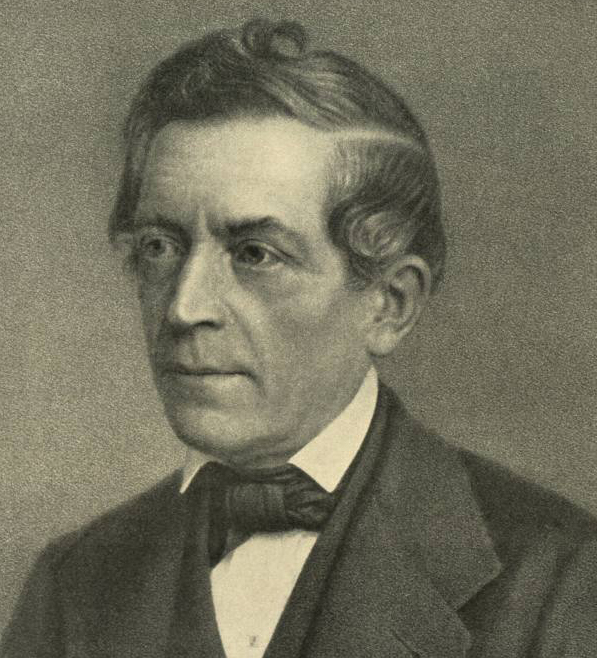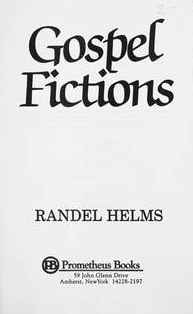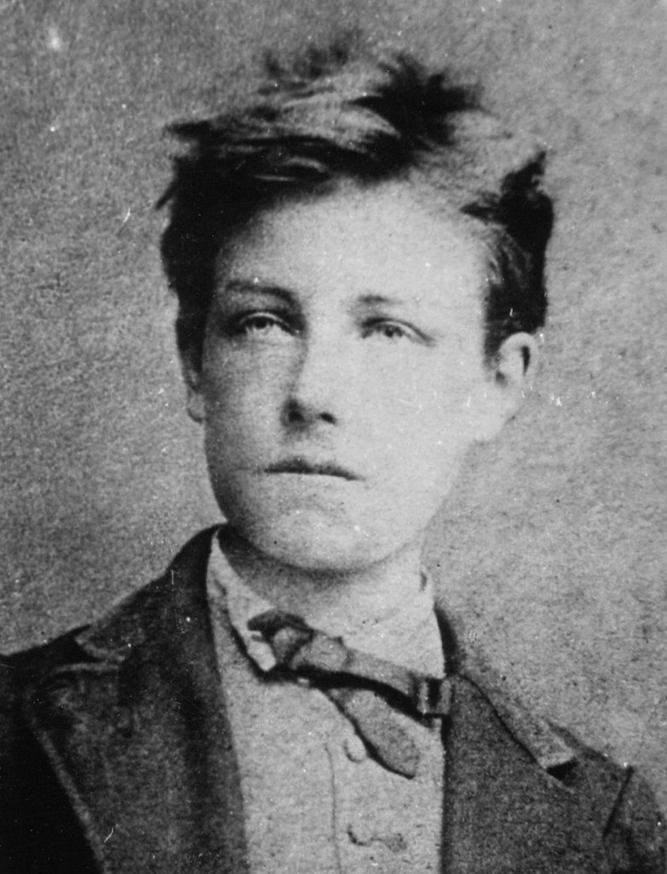Monocausalism is the simplistic notion that all of our issues are to be laid on the feet of Jews, that “there is NOTHING wrong with us” as the commenter Helvena put it this year at Age of Treason.
The problem with those who advocate the single-cause hypothesis of our current predicament is that they have not done their homework. Who in the movement can be more knowledgeable about the Jewish Question than Professor Kevin MacDonald? At The Occidental Quarterly when this printed, scholarly journal was under the watch of Greg Johnson (Vol. 8, no. 2, Summer 2008), MacDonald wrote (no ellipsis added between unquoted paragraphs):
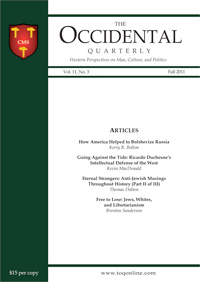 Philip Gura’s American Transcendentalism provides a valuable insight into a nineteenth-century leftist intellectual elite in the United States. This is of considerable interest because Transcendentalism was a movement entirely untouched by the predominantly Jewish milieu of the twentieth-century left in America. Rather, it was homegrown, and its story tells us much about the sensibility of an important group of white intellectuals and perhaps gives us hints about why in the twentieth century WASPs so easily capitulated to the Jewish onslaught on the intellectual establishment.
Philip Gura’s American Transcendentalism provides a valuable insight into a nineteenth-century leftist intellectual elite in the United States. This is of considerable interest because Transcendentalism was a movement entirely untouched by the predominantly Jewish milieu of the twentieth-century left in America. Rather, it was homegrown, and its story tells us much about the sensibility of an important group of white intellectuals and perhaps gives us hints about why in the twentieth century WASPs so easily capitulated to the Jewish onslaught on the intellectual establishment.
Both New England and East Anglia (the center of Puritanism in England) had the lowest relative rates of private crime (murder, theft, mayhem), but the highest rates of public violence—“the burning of rebellious servants, the maiming of political dissenters, the hanging of Quakers, the execution of witches.” This record is entirely in keeping with Calvinist tendencies in Geneva.
The legal system was designed to enforce intellectual, political, and religious conformity as well as to control crime. Louis Taylor Merrill describes the “civil and religious strait-jacket that the Massachusetts theocrats applied to dissenters.” The authorities, backed by the clergy, controlled blasphemous statements and confiscated or burned books deemed to be offensive. Spying on one’s neighbors and relatives was encouraged. There were many convictions for criticizing magistrates, the governor, or the clergy. Unexcused absence from church was fined, with people searching the town for absentees. Those who fell asleep in church were also fined. Sabbath violations were punished as well. A man was even penalized for publicly kissing his wife as he greeted her on his doorstep upon his return from a three-year sea voyage.
Whereas in the Puritan settlements of Massachusetts the moral fervor was directed at keeping fellow Puritans in line, in the nineteenth century it was directed at the entire country. The moral fervor that had inspired Puritan preachers and magistrates to rigidly enforce laws on fornication, adultery, sleeping in church, or criticizing preachers was universalized and aimed at correcting the perceived ills of capitalism and slavery.
Puritans waged holy war on behalf of moral righteousness even against their own cousins—perhaps a form of altruistic punishment as defined by Ernst Fehr and Simon Gächter. Altruistic punishment refers to punishing people even at a cost to oneself. Altruistic punishment is found more often among cooperative hunter-gatherer groups than among groups, such as Jews, based on extended kinship.
Whatever the political and economic complexities that led to the Civil War, it was the Yankee moral condemnation of slavery that inspired and justified the massive carnage of closely related Anglo-Americans on behalf of slaves from Africa. Militarily, the war with the Confederacy was the greatest sacrifice in lives and property ever made by Americans. Puritan moral fervor and punitiveness are also evident in the call of the Congregationalist minister at Henry Ward Beecher’s Old Plymouth Church in New York during the Second World War for “exterminating the German people… the sterilization of 10,000,000 German soldiers and the segregation of the woman.”
It is interesting that the moral fervor the Puritans directed at ingroup and outgroup members strongly resembles that of the Old Testament prophets who railed against Jews who departed from God’s law, and against the uncleanness or even the inhumanity of non-Jews. Indeed, it has often been noted that the Puritans saw themselves as the true chosen people of the Bible. In the words of Samuel Wakeman, a prominent seventeenth-century Puritan preacher: “Jerusalem was, New England is; they were, you are God’s own, God’s covenant people; put but New England’s name instead of Jerusalem. They had left Europe which was their ‘Egypt,’ their place of enslavement, and had gone out into the wilderness on a messianic journey, to found the New Jerusalem.”
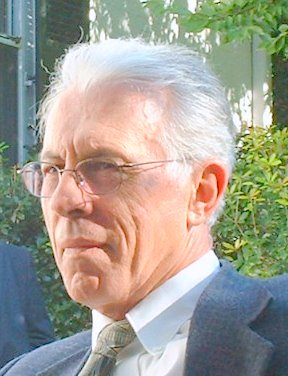 Whereas Puritanism as a group evolutionary strategy crumbled when the Puritans lost control of Massachusetts, Diaspora Jews were able to maintain their group integrity even without control over a specific territory for well over 2,000 years. This attests to the greater ethnocentrism of Jews. But, although relatively less ethnocentric, the Puritans were certainly not lacking in moralistic aggression toward members of their ingroup, even when the boundaries of the ingroup were expanded to include all of America, or indeed all of humanity. And while the Puritans were easily swayed by moral critiques of white America, because of their stronger sense of ingroup identity, Jews have been remarkably resistant to moralistic critiques of Judaism.
Whereas Puritanism as a group evolutionary strategy crumbled when the Puritans lost control of Massachusetts, Diaspora Jews were able to maintain their group integrity even without control over a specific territory for well over 2,000 years. This attests to the greater ethnocentrism of Jews. But, although relatively less ethnocentric, the Puritans were certainly not lacking in moralistic aggression toward members of their ingroup, even when the boundaries of the ingroup were expanded to include all of America, or indeed all of humanity. And while the Puritans were easily swayed by moral critiques of white America, because of their stronger sense of ingroup identity, Jews have been remarkably resistant to moralistic critiques of Judaism.
With the rise of the Jewish intellectual and political movements described in The Culture of Critique, the descendants of the Puritans readily joined the chorus of moral condemnation of America.
The lesson here is that in large part the problem confronting whites stems from the psychology of moralistic self-punishment exemplified at the extreme by the Puritans and their intellectual descendants, but also apparent in a great many other whites. As I have noted elsewhere:
Once Europeans were convinced that their own people were morally bankrupt, any and all means of punishment should be used against their own people. Rather than see other Europeans as part of an encompassing ethnic and tribal community, fellow Europeans were seen as morally blameworthy and the appropriate target of altruistic punishment. For Westerners, morality is individualistic—violations of communal norms… are punished by altruistic aggression.
The Puritan legacy in American culture is indeed pernicious, especially since the bar of morally correct behavior has been continually raised to the point that any white group identification has been pathologized. As someone with considerable experience in the academic world, I can attest to feeling like a wayward heretic back in seventeenth-century Massachusetts when confronted, as I often am, by academic thought police. It’s the moral fervor of these people that stands out. The academic world has become a Puritan congregation of stifling thought control, enforced by moralistic condemnations that a seventeenth-century Puritan minister could scarcely surpass. In my experience, this thought control is far worse in the East coast colleges and universities founded by the Puritans than elsewhere in academia—a fitting reminder of the continuing influence of Puritanism in American life.
The main difference between the Puritan New Jerusalem and the present multicultural one is that the latter will lead to the demise of the very white people who are the mainstays of the current multicultural Zeitgeist. Unlike the Puritan New Jerusalem, the multicultural New Jerusalem will not be controlled by people like themselves, who in the long run will be a tiny, relatively powerless minority.
The ultimate irony is that without altruistic whites willing to be morally outraged by violations of multicultural ideals, the multicultural New Jerusalem is likely to revert to a Darwinian struggle for survival among the remnants. But the high-minded descendants of the Puritans won’t be around to witness it.
Postscript
At Occidental Dissent, today Hunter Wallace also liked MacDonald’s article:
Kevin MacDonald has an excellent essay on Counter-Currents about the Yankee Question. This is too good to pass up.
Note: MacDonald has never been a Single Jewish Causer. He could easily write an entire book on the radical utopian movements of the nineteenth century (abolitionism, civil rights, pacifism, “strongminded womanism,” Unitarianism, Free Loveism, Shakerism, Fourierism, Transcendentalism, etc.) that plunged America into racial and cultural decline and laid the foundation for their destructive successors in the twentieth century.
(Read MacDonald’s entire article here.)
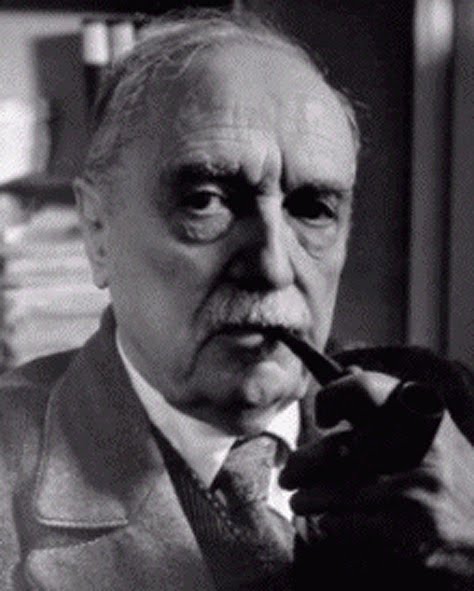 If all these new discoveries seemed damaging enough, within two decades on to the scene at Germany’s Marburg University stepped Rudolf Bultmann (pic), acknowledged by many as this century’s greatest New Testament theologian, bringing with him a new and yet more devastating weapon, Formgeschichte or ‘form criticism’. This followed on from the work of Karl Ludwig Schmidt, a German pastor who had noted that a particular weakness of gospels such as Mark’s lay in the link passages, which appeared to have been invented to give an impression of continuity between one episode or saying and the next. Bultmann set his sights to trying to reconstruct what material, if any, might be authentic between the links. His approach was to try to assess each gospel element—birth story, miracle story, ethical saying, etc.—in order to establish whether it was original or had been borrowed from the Old Testament, or from contemporary Jewish thought, or merely invented to suit some particular theological line which early Christian preachers wanted to promulgate.
If all these new discoveries seemed damaging enough, within two decades on to the scene at Germany’s Marburg University stepped Rudolf Bultmann (pic), acknowledged by many as this century’s greatest New Testament theologian, bringing with him a new and yet more devastating weapon, Formgeschichte or ‘form criticism’. This followed on from the work of Karl Ludwig Schmidt, a German pastor who had noted that a particular weakness of gospels such as Mark’s lay in the link passages, which appeared to have been invented to give an impression of continuity between one episode or saying and the next. Bultmann set his sights to trying to reconstruct what material, if any, might be authentic between the links. His approach was to try to assess each gospel element—birth story, miracle story, ethical saying, etc.—in order to establish whether it was original or had been borrowed from the Old Testament, or from contemporary Jewish thought, or merely invented to suit some particular theological line which early Christian preachers wanted to promulgate.

